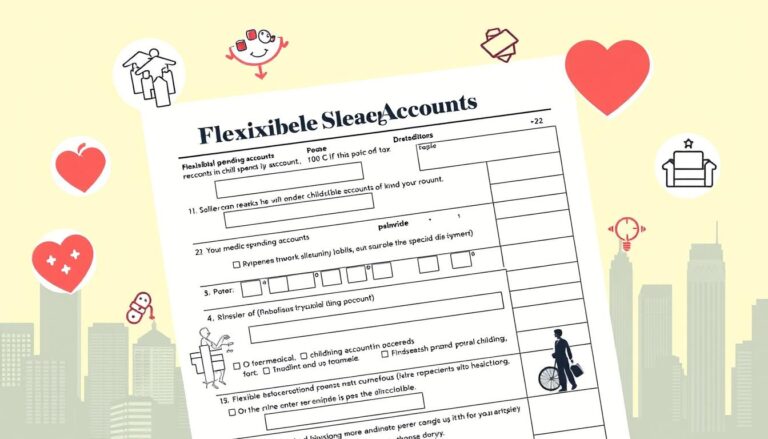When you’re going through a divorce, you might wonder if maintenance payments are tax deductible. These payments, also called alimony or spousal support, play a big role in your finances. Knowing if you can deduct these payments can help you avoid big tax bills later.
The Tax Cuts and Jobs Act changed things starting January 1, 2019. It made the rules for maintenance payments more complicated. If you’re unsure about whether to report these payments or deduct them, you’re not the only one. This article will help clear up how maintenance payments are taxed and what it means for you.
Key Takeaways
- Maintenance payments made before 2019 can be deducted.
- Payments made after 2018 cannot be deducted.
- Payer spouses can deduct on Form 1040 or Form 1040-SR.
- Alimony received is taxable income for the recipient.
- It’s important to report accurately, including the recipient’s SSN or ITIN, to avoid penalties.
Understanding Maintenance Payments and Their Tax Implications
Divorce or separation can be tough financially. Knowing about maintenance payments is key. They help split financial duties fairly between spouses.
What Are Maintenance Payments?
Maintenance payments are money one spouse gives to another during or after a split. The IRS calls these payments alimony and separate maintenance. They must meet certain rules to qualify.
Payments must be in cash and part of a divorce agreement. They can’t be for child support or dividing property. The payments stop if either spouse dies.
Purpose of Maintenance Payments
Alimony helps the lower-earning spouse keep a good standard of living after a split. It aims to balance out any financial gap caused by the divorce. Knowing the tax side of these payments is also important.
Usually, the person getting payments has to pay taxes on them. The person making payments can deduct them from their taxes. But, new tax laws since 2019 change this. Now, alimony payments aren’t tax-deductible for the payer and aren’t taxed for the recipient.
Key Factors That Determine Tax Deductibility
Understanding tax deductibility can seem like solving an ancient puzzle. When it comes to maintenance payments, several key factors come into play. To qualify for tax deductions, you must pay attention to legal requirements and ensure that your payments meet specific criteria.
Legal Requirements for Deduction
To get tax deductions for alimony, you must meet certain legal requirements. Payments must be outlined in a qualified divorce or separation agreement. You cannot file a joint tax return for the year to take advantage of these deductions.
The IRS is clear: payments must stop immediately upon the death of the recipient spouse. They must be in cash form. Payments labeled as child support do not qualify, so think carefully before labeling them as such. If the agreement says specific payments aren’t taxable for the recipient, you can’t deduct them.
Types of Payments That Qualify
Now, let’s look at the types of qualifying payments. Alimony must follow these criteria:
- Payments must be made in cash.
- They cannot be labeled as child support.
- They must stem from a divorce or separation agreement.
- The payer and recipient must not file a joint tax return.
- Payments should not extend liability after the recipient’s death.
As you navigate this legal landscape, remember that non-qualifying payments can affect your taxes. Understanding these differences can save you from tax season headaches.
Are Maintenance Payments Tax Deductible?
When going through a divorce, knowing about alimony tax rules is key. Before January 1, 2019, alimony was tax-deductible for the payer. It was also taxed as income for the receiver, following IRS rules.
This made it easier for the payer to manage their finances after divorce. It also helped with smoother financial transitions.
Tax Treatment for Agreements Executed Before 2019
If your divorce was finalized before 2019, you can deduct alimony payments from your taxes. This was a big help during tough times. But, there were rules to follow.
Payments had to be regular and included in the receiver’s income. This way, you could still benefit while following the law.
Tax Treatment for Agreements Executed After 2018
After 2018, the rules changed a lot. For divorces after this date, alimony payments are no longer deductible. They also aren’t taxed as income for the receiver.
This change came from the Tax Cuts and Jobs Act. It’s important to understand these changes for your financial planning during and after divorce.








